Childhood and adolescence are key risk phases for the development of anxiety symptoms that can range from transient and mild to a lasting anxiety disorder.
Anxiety is a basic emotion present from infancy in response to a threat. Usually it is not considered pathological as it is a healthy brain response that facilitates the avoidance of danger. But anxiety becomes maladaptive when its frequency and intensity cause problems such as avoidance behavior or significant distress.
So when anxiety becomes overly frequent, severe, and persistent, this can be called pathological anxiety. Recognising the difference between normal and pathological anxiety can be hard in children, who naturally show fears and anxieties as part of normal development.
If concerns are raised about a child or young person, the American Academy of Child and Adolescent Psychiatry (AACAP) recommends screening by a healthcare provider - either the child’s primary care provider or a mental health specialist. Diagnosis may then be made by a child psychiatrist or other mental health expert who carries out a mental health assessment which usually include a complete emotional and social history, interviews with the child and their caregivers, and possibly standardized testing.
Childhood anxiety is a public health concern due to its prevalence - which seems to be rising - and the impact it has on children, families, and communities. Anxiety can delay healthy development by interfering with children's ability to reach social, emotional, cognitive, and academic milestones.
However, mental health support is not always adequately provided to children, and a significant portion of children receive no mental health treatment even when diagnosed.
National surveys suggest that 13% to 20% of children in the US are diagnosed with a mental, emotional, or behavioral disorder each year, although most of these surveys have focused on adolescents aged 12 to 17 years.
Trends across time indicate that although the rate of some childhood mental disorders has remained relatively stable, depression among adolescents has increased. Among the population including younger children, aged three to 17 years, 7% have anxiety or behavioral/conduct problems, and 3% have depression. For each disorder, the rate becomes higher with older age.
Inevitably, the Covid-19 pandemic is impacting the mental health of young people, who have a raised susceptibility to long term consequences. Researchers from the Federal University of Minas Gerais in Brazil examined the impact, and found that children are responding to the stress of the pandemic differently depending on their development stage.
Dr Ana Simoes-e-Silvac and colleagues performed a meta-analysis of 51 research articles and found "high rates of anxiety, depression, and post-traumatic symptoms among children". They add that new supportive strategies have appeared during the pandemic, but so far there are no measures of their effectiveness.
"Some groups seem to be more vulnerable to the mental health burden of the Covid-19 pandemic," they write in The International Journal of Disaster Risk Reduction, "and the mitigation actions should prioritize them" in order to "spare children not only from the severe cases of Covid-19 but also to help them to deal with the mental health burden of the pandemic."
Researchers at the National University of Singapore have also looked at the impact of Covid-19 on young people. In Frontiers in Psychiatry, they write, "Children are a vulnerable group of the population who can experience anxiety which potentially can lead to long-lasting implications on their health for years to come.
"The current pandemic may lead to many children having heightened levels of anxiety. Fortunately, children are resilient. They can adjust and adapt to new situations quickly; this is especially so if they have secure attachments and a responsive relationship with a caregiver.
"It is prudent for healthcare professionals to have heightened vigilance for anxiety in children, especially in those with a known medical history of developmental disabilities and chronic medical illnesses. Parents should also be encouraged to seek professional help for themselves if they feel overwhelmed."
Regarding very young children, diagnosing anxiety and depression can be particularly complex. Diagnoses of mental health conditions in very young children are relatively rare but research has shown that medication is often given to preschool-aged children without accompanying psychosocial intervention.
The time a child starts school coincides with the average age for an anxiety diagnosis in children - between four and eight years old. But this is not the only time a child might develop anxiety symptoms.
Adolescence, a time of dramatic changes in body and behavior, is also a time of increasing incidence of anxiety and depression, as well as eating disorders, personality disorders and substance abuse.
Children and adolescents experience anxiety in their own individual ways but if anxiety symptoms last for a while and are not addressed, they might become an ongoing challenge.
Older children might feel they will not be understood, even if they tried to explain their feelings.
There are many types of anxiety disorder with their own symptoms, although each may overlap with another. They include generalized anxiety disorder, post-traumatic stress disorder, social anxiety disorder, specific phobias, obsessive-compulsive disorder, panic disorder, and separation anxiety.
A strong sense of connectedness to family and school have been found to reduce the chance of developing anxiety in adolescence. In a 2021 study, Dr Danielle Eugene at the University of Texas at Arlington, TX, and colleagues looked at the impact of connectedness to family, school, and neighborhood on depression and anxiety among 2,590 adolescents from disadvantaged backgrounds.
They found that adolescents who reported strong connections to their family and school were significantly less likely to show anxiety, however neighborhood connectedness did not reach statistical significance in this study.
The researchers believe their results have "important implications". They report, "In the US there is a strong national interest in social connectedness as a key determinant in promoting positive well-being in adolescents through building strong bonds and creating protective relationships that support adolescent mental health."
A later life event also coincides with the peak period for the onset of mental illnesses. This is the transition to university or to leaving home. "Emergent adulthood", (age 16 to 25 years) is a time of increased autonomy as well as accelerated brain development that can bring increased susceptibility to stressors.
University students are faced with several risk factors for anxiety and depression, such as financial responsibility, moving away from family and friends, and adapting to new academic expectations.
A recent study by Dr Anne Duffy of Queens University, Kingston, Ontario, Canada, examined this stage of life. The researchers surveyed 1,686 first-year students at the beginning and end of the academic year. This showed that "increased university connectedness" lowered the risk of depressive and anxiety symptoms, and increased the odds of recovery for students who showed depressive and anxiety symptoms at the start.
"University connectedness may mitigate the risk of persistent or emergent symptoms, whereas drug use appears to increase these risks," the authors write in the journal BMJ Open. They suggest offering flexible timetables, on-campus professional support, and opportunity for students to create new social networks.
"Although the transition to university may be a high-risk period for the emergence of internalising symptoms and disorders, it also provides opportunities for resiliency and prevention," they conclude.
Overall, the prevalence of anxiety in children and young people has increased in recent years. Alongside limited access to mental health treatments, this translates into a growing number of young people with untreated problems. Many experts are calling for renewed efforts to expand service capacity to best meet the mental healthcare needs of this age group.


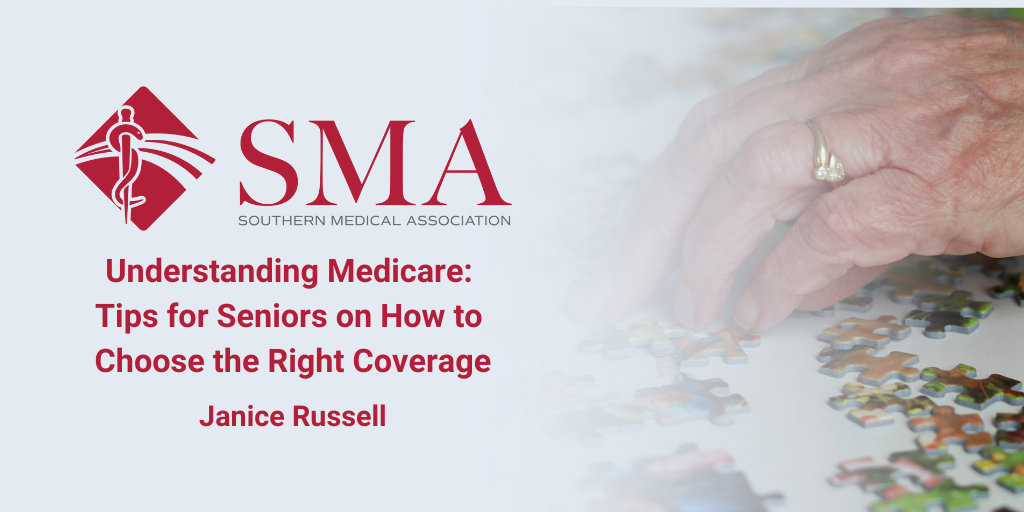
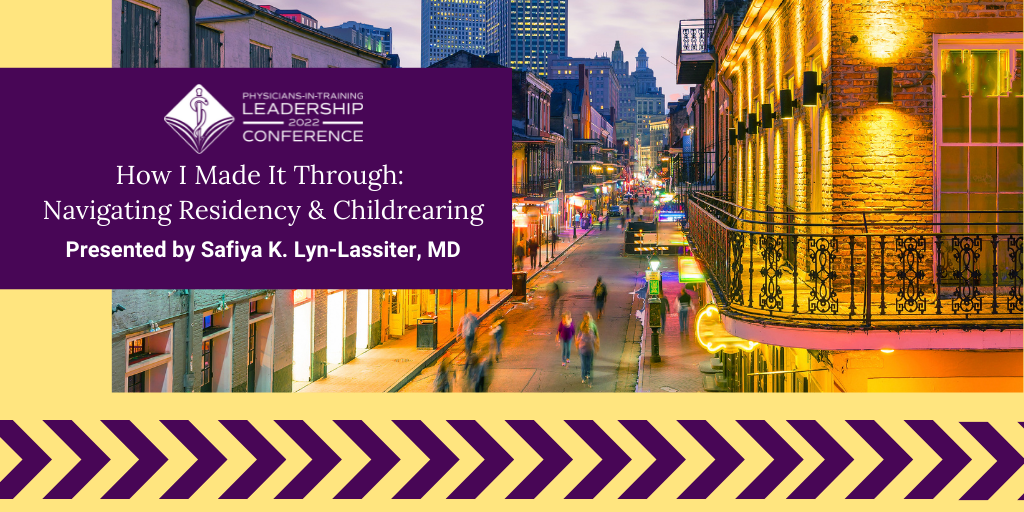
 Dr. Safiya K. Lyn-Lassiter is an Assistant Medical Director at a prominent Free Standing Emergency Department (FSED) in South Florida with over eight years of experience in Emergency Medicine. Dr. Lyn-Lassiter has worked at several hospitals in the South Florida community serving a variety of populations. She is also serves as Assistant Professor at Nova Southeastern University College of Osteopathic Medicine.
Dr. Safiya K. Lyn-Lassiter is an Assistant Medical Director at a prominent Free Standing Emergency Department (FSED) in South Florida with over eight years of experience in Emergency Medicine. Dr. Lyn-Lassiter has worked at several hospitals in the South Florida community serving a variety of populations. She is also serves as Assistant Professor at Nova Southeastern University College of Osteopathic Medicine.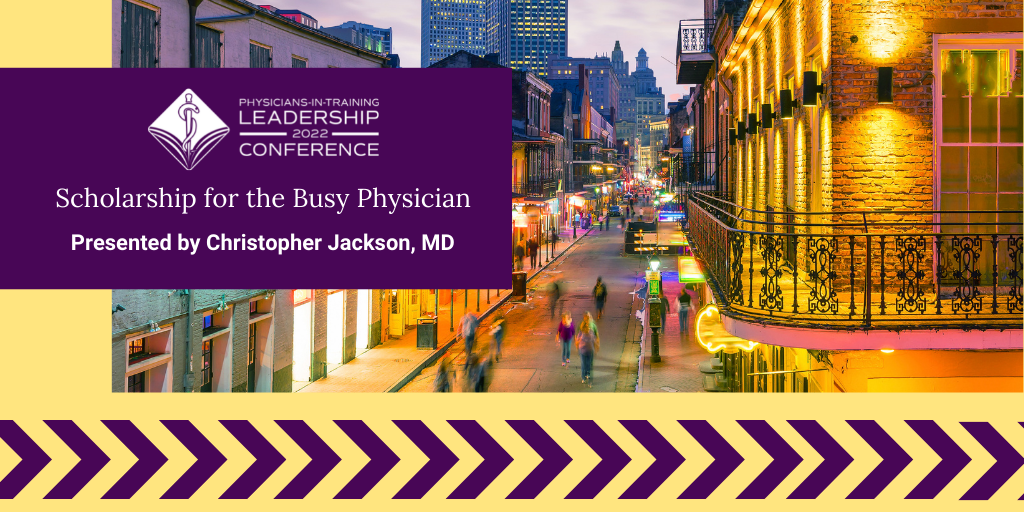
 I am a board-certified academic general internist in Memphis, TN. Additionally, I am an associate program director for curriculum for the UTHSC Internal Medicine Residency Program. My connection with SMA started in 2016. I presented an oral abstract presentation on statin-induced necrotizing autoimmune myopathy. This moment changed my academic trajectory in multiple ways. I realized how much I enjoyed attending conferences and presenting my findings from research. Moreover, I connected with a welcoming organization that continues to provide professional development opportunities that have enhanced my academic general internal medicine career. As a clinician-educator, I enjoy the opportunity to provide high-quality care to patients and train the next generation of internal medicine physicians. For my efforts, I’ve been fortunate to win our Educator of the Year award at UTHSC after my first year on faculty. This award would not be possible without the seed planted at my first SMA conference in October 2016. At present, I serve as an assistant editor for the SMJ, and I work alongside outstanding colleagues on the SMA Education Committee. Over the past five years, the SMA continues to expand its educational offerings to be at the forefront of cutting-edge digital education.
I am a board-certified academic general internist in Memphis, TN. Additionally, I am an associate program director for curriculum for the UTHSC Internal Medicine Residency Program. My connection with SMA started in 2016. I presented an oral abstract presentation on statin-induced necrotizing autoimmune myopathy. This moment changed my academic trajectory in multiple ways. I realized how much I enjoyed attending conferences and presenting my findings from research. Moreover, I connected with a welcoming organization that continues to provide professional development opportunities that have enhanced my academic general internal medicine career. As a clinician-educator, I enjoy the opportunity to provide high-quality care to patients and train the next generation of internal medicine physicians. For my efforts, I’ve been fortunate to win our Educator of the Year award at UTHSC after my first year on faculty. This award would not be possible without the seed planted at my first SMA conference in October 2016. At present, I serve as an assistant editor for the SMJ, and I work alongside outstanding colleagues on the SMA Education Committee. Over the past five years, the SMA continues to expand its educational offerings to be at the forefront of cutting-edge digital education.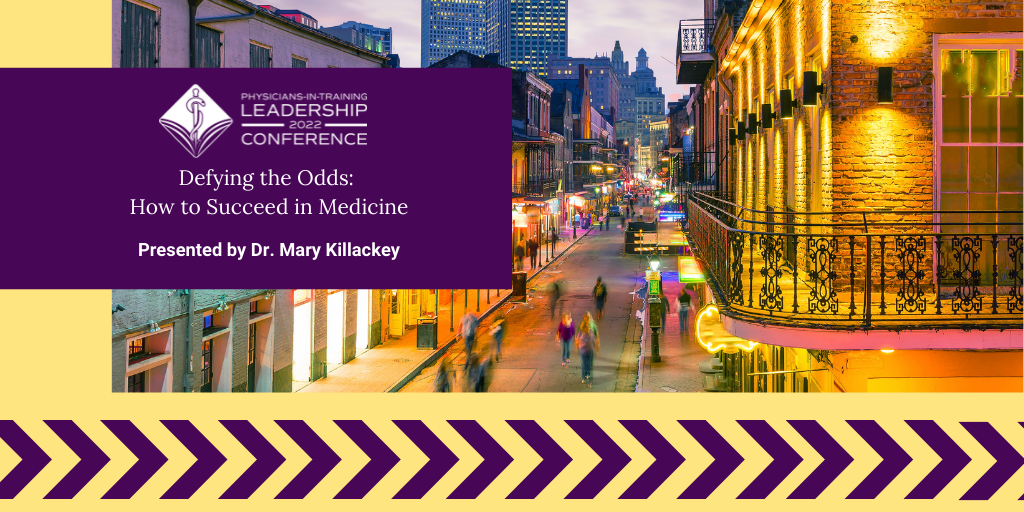
 Mary Killackey, MD is the Robert & Viola Lobrano Professor and Chair of Surgery and Adjunct Professor of Pediatrics at Tulane University School of Medicine. She was appointed Chair of Surgery in May 2016 and since that time has exponentially grown the department in all missions. Dr. Killackey received her undergraduate and medical degrees from Columbia University. She completed her General Surgery residency at the University of Rochester, Strong Memorial. From there, she went on to complete the Abdominal Organ Transplant Fellowship at the Mount Sinai Hospital in New York City. She was recruited to New Orleans in 2006 to join the team of abdominal transplant surgeons and by 2009 was named the Director of the Pediatric and Adult Kidney Transplant program. She also assumed the Directorship of Pediatric Kidney Transplant at the Children’s Hospital of New Orleans. In recognition of her leadership, she was accepted into the Executive Leadership in Academic Medicine fellowship in 2017. Later that year, she was inducted into AOA Medical Honors Society and in 2019, elected into the Leonard Tow Gold Humanism Society. Dr. Killackey’s passion is promoting a thriving work environment which prioritizes professionalism and allows her the opportunity to facilitate the careers of her faculty, trainees and students. She and the department are leading the effort to promote professionalism at the medical school. She is quite active outside of her own institution, most visibly within UNOS (United Network for Organ Sharing) and the Society of Surgical Chairs. She is deeply committed to fostering the careers and leadership skill building of women leaders and is grateful for the opportunity to bring these efforts to the national stage through the Women’s Subcommittee of the Society of Surgical Chairs.
Mary Killackey, MD is the Robert & Viola Lobrano Professor and Chair of Surgery and Adjunct Professor of Pediatrics at Tulane University School of Medicine. She was appointed Chair of Surgery in May 2016 and since that time has exponentially grown the department in all missions. Dr. Killackey received her undergraduate and medical degrees from Columbia University. She completed her General Surgery residency at the University of Rochester, Strong Memorial. From there, she went on to complete the Abdominal Organ Transplant Fellowship at the Mount Sinai Hospital in New York City. She was recruited to New Orleans in 2006 to join the team of abdominal transplant surgeons and by 2009 was named the Director of the Pediatric and Adult Kidney Transplant program. She also assumed the Directorship of Pediatric Kidney Transplant at the Children’s Hospital of New Orleans. In recognition of her leadership, she was accepted into the Executive Leadership in Academic Medicine fellowship in 2017. Later that year, she was inducted into AOA Medical Honors Society and in 2019, elected into the Leonard Tow Gold Humanism Society. Dr. Killackey’s passion is promoting a thriving work environment which prioritizes professionalism and allows her the opportunity to facilitate the careers of her faculty, trainees and students. She and the department are leading the effort to promote professionalism at the medical school. She is quite active outside of her own institution, most visibly within UNOS (United Network for Organ Sharing) and the Society of Surgical Chairs. She is deeply committed to fostering the careers and leadership skill building of women leaders and is grateful for the opportunity to bring these efforts to the national stage through the Women’s Subcommittee of the Society of Surgical Chairs.



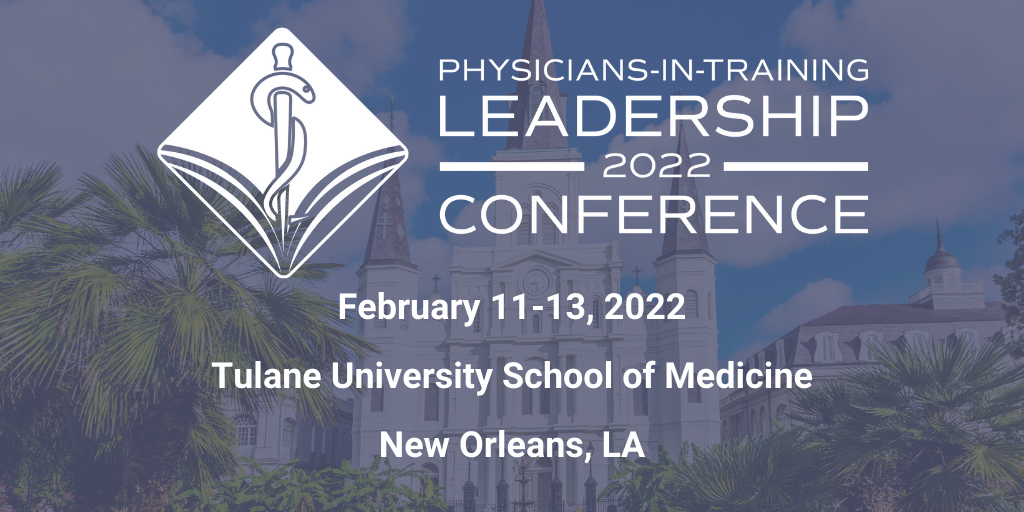

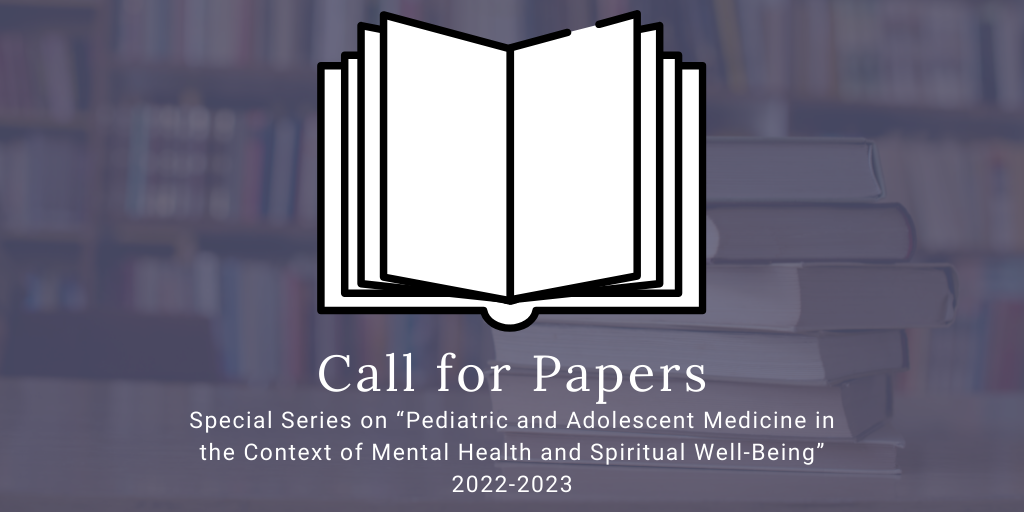
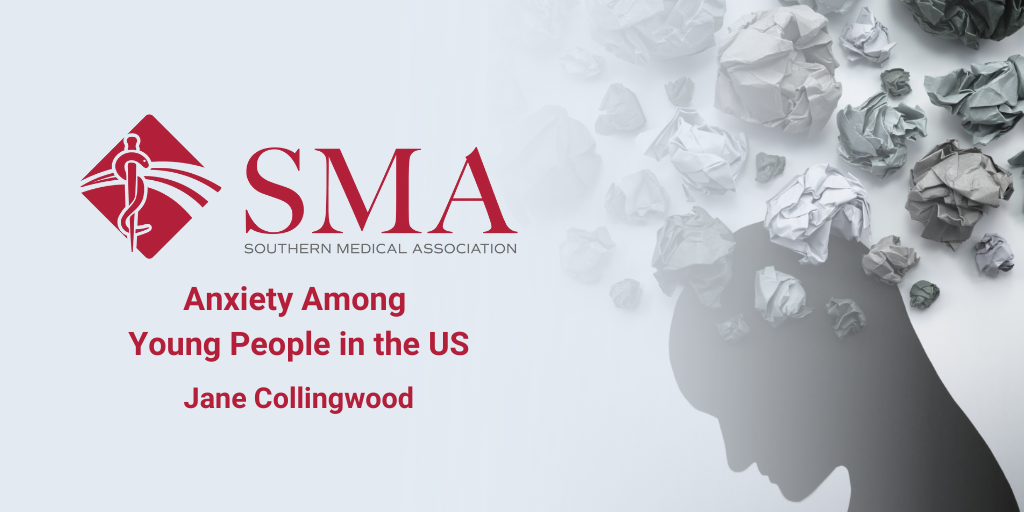



 American Burn Association President
American Burn Association President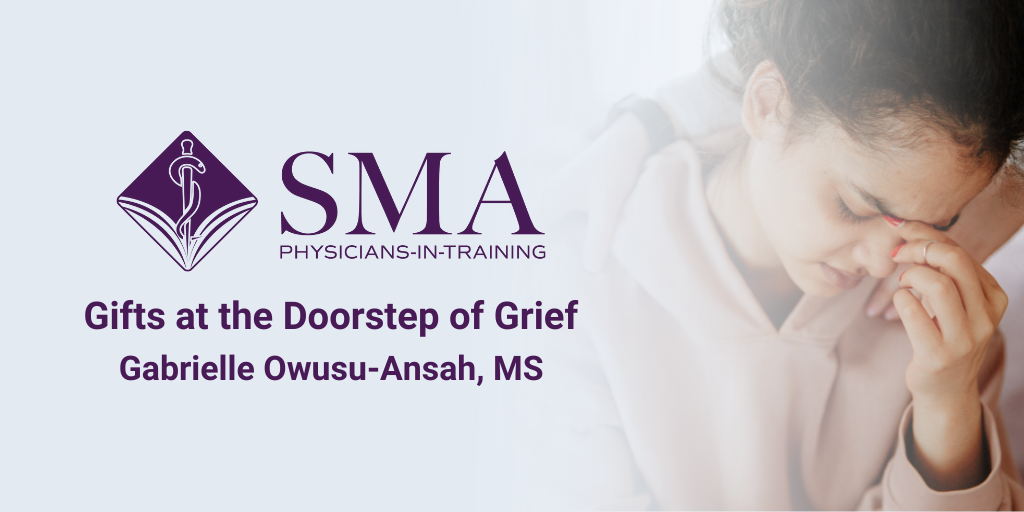

 Gabrielle Owusu-Ansah, MS, is a 4th year MD/MBA student at Tulane. She is a deep conversationalist who loves singing, fitness, and is a budding iPhone photographer.
Gabrielle Owusu-Ansah, MS, is a 4th year MD/MBA student at Tulane. She is a deep conversationalist who loves singing, fitness, and is a budding iPhone photographer.